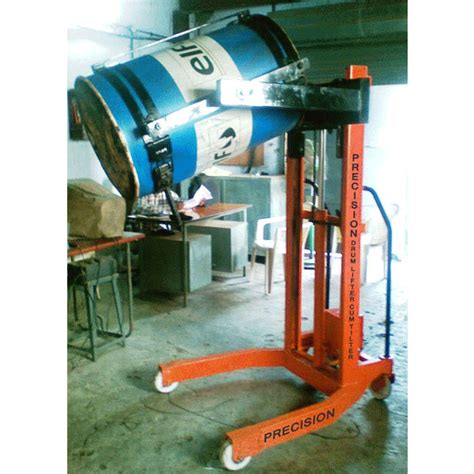How to efficiently overcome strength plateaus for peak muscle growth & power?

Understanding Strength Plateaus: The Invisible Wall
Every dedicated lifter eventually faces it: the dreaded strength plateau. This is that frustrating point where your progress stalls, your lifts stop increasing, and despite your best efforts, you feel stuck. Plateaus aren’t a sign of failure; they’re a natural signal that your body has adapted to your current stimulus and needs a new challenge to continue growing. Recognizing and strategically addressing these plateaus is crucial for continuous muscle growth and power development.

Why Do Plateaus Occur? Common Culprits
Plateaus are rarely due to a single factor. More often, it’s a combination of several contributing elements:
- Training Adaptation: Your body is incredibly efficient. Once it adapts to a particular training stress, that stress no longer provides a sufficient stimulus for further gains.
- Insufficient Recovery: Overtraining, lack of sleep, and high-stress levels can hinder your body’s ability to repair and rebuild muscle tissue, leading to stalled progress.
- Nutritional Deficiencies: Inadequate caloric intake, insufficient protein, or a lack of micronutrients can severely impede muscle repair, energy levels, and hormonal balance.
- Program Stagnation: Sticking to the same exercises, rep schemes, and intensity for too long without variation can lead to burnout and adaptation.
- Poor Technique: Form breakdown can limit the amount of weight you can lift safely and effectively, preventing true strength gains.
Strategic Training Adjustments to Break Through
Overcoming a plateau requires a calculated approach, often involving a shake-up of your existing routine.
1. Implement Deloads and Active Recovery
Sometimes, the best way forward is to step back. A deload week (reducing volume and intensity by 40-60%) allows your central nervous system and muscles to recover fully, often leading to renewed strength when you return to heavier lifting. Active recovery like light cardio, stretching, or foam rolling can also aid blood flow and reduce muscle soreness.

2. Vary Your Progressive Overload Methods
Progressive overload isn’t just about adding more weight. It encompasses various ways to increase demand over time:
- Rep Range Variation: If you always train in the 8-12 rep range, try periods of lower reps (3-5 for strength) or higher reps (15-20 for hypertrophy and endurance).
- Tempo Training: Control the eccentric (lowering) phase of a lift. A slower tempo increases time under tension, stimulating new growth.
- Increased Volume: Add more sets or reps while maintaining good form.
- Decreased Rest Times: Shortening rest periods can increase intensity and metabolic stress.
- Advanced Techniques: Incorporate drop sets, supersets, rest-pause sets, or forced reps (with a spotter) to push beyond typical failure points.
3. Periodization: Plan Your Progress
Structured periodization involves dividing your training into phases, each with specific goals (e.g., hypertrophy, strength, power). This cyclical approach prevents adaptation and ensures continuous progress. Linear, undulating, or block periodization models can all be effective when applied correctly.

4. Incorporate Accessory and Weak Point Training
Often, a plateau is caused by a weak link in the chain. Identify your weaknesses – perhaps a lagging muscle group or a specific part of a lift where you consistently fail – and dedicate time to strengthening it with targeted accessory exercises. For example, if your bench press stalls, work on triceps extensions, dumbbell presses, or close-grip bench press.
Beyond the Gym: Fueling Growth and Recovery
What you do outside the gym is just as important as what you do inside it.
1. Optimize Your Nutrition
Ensure you’re consuming enough calories to support your activity level and muscle growth. Prioritize high-quality protein (1.6-2.2g per kg of body weight) to aid muscle repair, complex carbohydrates for energy, and healthy fats for hormonal balance. Don’t neglect micronutrients from fruits and vegetables.

2. Prioritize Sleep and Manage Stress
Sleep is when your body truly recovers and repairs itself. Aim for 7-9 hours of quality sleep per night. Chronic stress elevates cortisol levels, which can hinder muscle growth and recovery. Implement stress-reducing techniques like meditation, deep breathing, or spending time in nature.
3. Focus on Mind-Muscle Connection
Actively concentrate on contracting the target muscle during each repetition. This mental focus can improve muscle activation and recruitment, leading to more effective workouts and better gains.

Conclusion: Consistency and Adaptation Are Key
Strength plateaus are an inevitable part of the fitness journey, but they are not roadblocks; they are opportunities for smart adaptation. By understanding their causes and employing a multi-faceted approach – strategic training variations, proper nutrition, adequate rest, and mental fortitude – you can efficiently break through these barriers. Remember, consistency in your effort and intelligent adaptation to your body’s signals are your most powerful tools for continuous muscle growth and peak power development.









